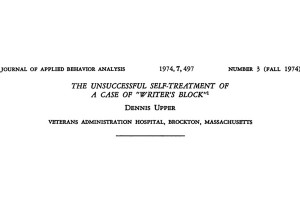One Phage Cocktail, Please
Increasing antibiotic resistance is hitting the headlines at the moment, and a genuine concern is growing, amongst the public and scientists alike, over the concept of a future without antibiotics. Research attention is beginning to focus on possible solutions, but some may be old, rather than new.
In the second half of the 20th Century, patients suffering from bacterial infections behind the Iron Curtain were denied access to the antibiotics that were saving lives in the west. Instead, many of these people were treated with phage therapy, which makes use of viral bacteriophages which kill bacteria. Phage therapy never really caught on, however, at least in part because bacteriophages are highly specific (meaning you need to know exactly what has infected your patient to be able to treat effectively) and because people are inherently uneasy about treating an ailment using a virus. Interest has renewed recently however, in light of major concerns over antibiotic resistance, and the European Commission has just invested €3.8 million into a large-scale clinical trial of phage therapy.

